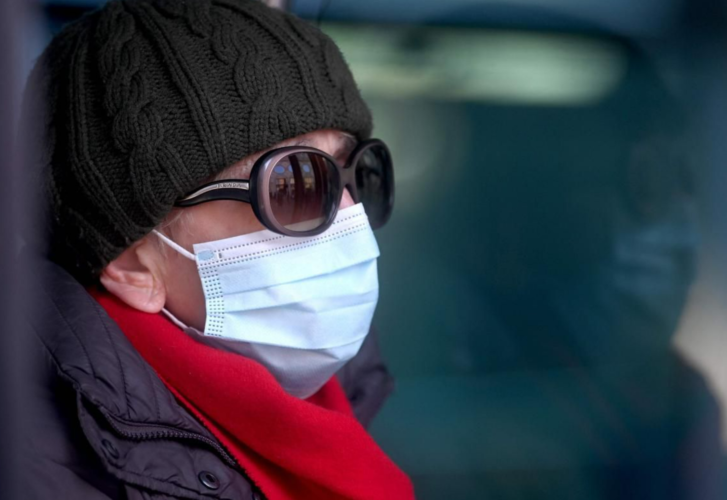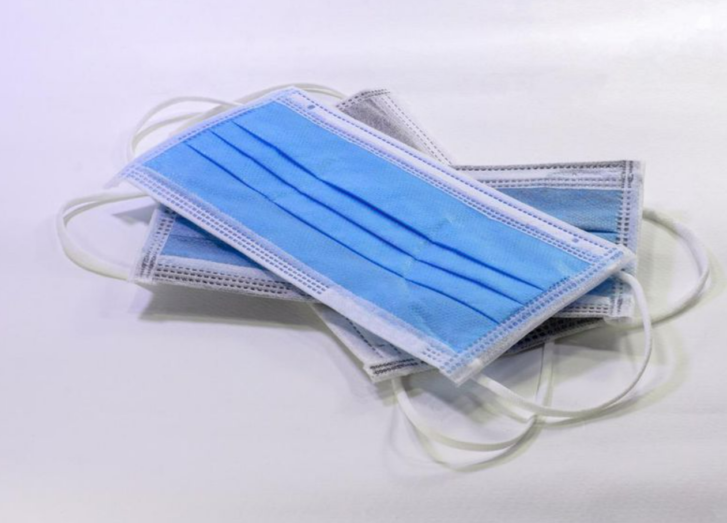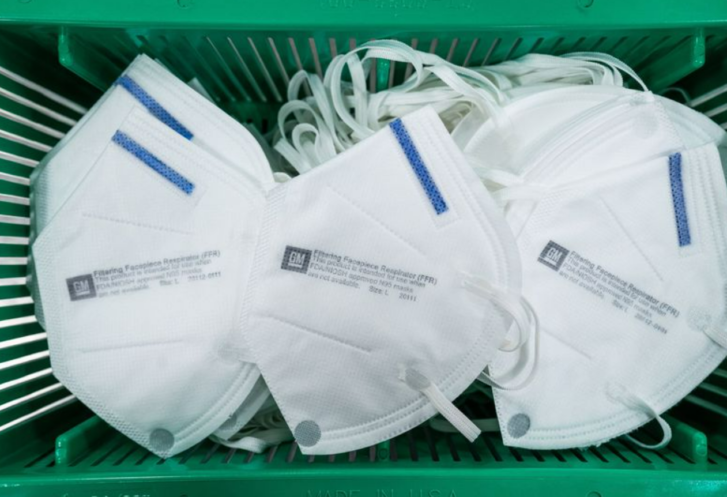Think about the ‘three F’s’ for your COVID-19 mask — fit, filtration and function — experts say
Less than two years ago, the majority of Canadians had never donned a face mask.
We’d had no need. We didn’t much think about spreading sicknesses; the flu season came and went each year without most of us paying much attention; and the people we saw wearing masks in public might be written off as holdovers from the 2003 SARS epidemic.
How times have changed.

That was, of course, before the coronavirus pandemic, before N95 masks became the object of a global scavenger hunt, before the panic over that shortage died down and face masks of all shapes, sizes and colours became de rigueur.
But now, say the experts, with the arrival of a newer, more virulent strain of coronavirus, and case numbers climbing rapidly as families nurture plans to congregate for the holidays, the time has come to start taking our mask situation a little more seriously.

For the past 21 months, Canadians have become comfortable with their mask choices. Many have settled on cloth masks — many of those featuring multiple layers of cloth, some with insertable filters. Others are partial to the blue medical masks, easily available and disposable. And some have never wavered from using the N95 respirator masks.
But variants have changed our reality. The Delta variant was nearly twice as contagious as the original strain, and, while it’s still too early to fix a number to, the Omicron strain looks to be more contagious still.
Part of that has to do with the greater ease with which it seems to be able to enter a victim’s cells, says Susan Kirkland. She’s head of the Department of Community Health and Epidemiology at Dalhousie University in Halifax. She’s also a member of the Canadian Immunity Task Force.
Part of Omicron’s increased contagion is its shortened incubation period — the time from the beginning of an infection to when the victim develops symptoms, she says.
In Omicron, that period seems to be two to three days, about half the time of its predecessor, Delta.
“When it’s spreading that quickly and people become contagious so much faster, it’s really hard to prevent that transmission, because it’s happening so quickly,” Kirkland says.
That means we can often be spreading the virus before we’re even aware we are infected ourselves.
In light of that, the advice from Kirkland, Chief Public Health Officer of Canada Dr. Theresa Tam and an increasing number of infectious disease specialists is this: Those cloth masks aren’t going to cut it anymore.
Ideally, says Kirkland, an N95 mask will offer the highest level of protection of the three mask categories — if it fits properly.
Because when it comes to masks, whichever flavour you favour, the fit is the thing.
Any mask is next to useless if it doesn’t cover your nose and mouth and fit snugly against your face.
“Where there are gaps, the air is going to go around it,” says Marianne Levitsky, an occupation hygienist and professor at Dalla Lana School of Public Health at the University of Toronto. “It almost doesn’t matter how great the filtration is if it doesn’t seal well to your face.”
With that in mind, here’s a look at the different mask options that are out there.
CLOTH AND OTHER NON-MEDICAL MASKS

This is the category into which cloth masks fit. Because Canada has no standards or regulations for cloth masks, it’s difficult to make any blanket statements about their usefulness in combatting the spread of the virus. That largely depends on the construction of the mask. Some material may be better than others at filtering out airborne particulates, but absent a lab and the training to test them, buyers have little idea as to their effectiveness.
While any mask is better than no mask, single-layer cloth masks are the least effective barrier to an airborne virus. Multiple layers are more effective than single layers, but, in most cases, they still aren’t able to filter out particles containing the virus floating in the air.
In addition, most cloth masks leave gaps at the sides, and often around the nose as well, says Levitsky.
MEDICAL MASKS

The disposable blue surgical masks are cheap and easy to get. Some versions meet Health Canada standards — look for ASTM F2100 or EN 14683 on the box.
They filter the air well enough to exclude particles, but, though they generally have a metal piece that can be moulded around the bridge of the nose, they don’t fit snugly to the face at the sides.
And where there are gaps, there are going to be chinks in your armour. Wearing a cloth mask over top of the blue surgical mask can create a better seal to the face and offer better protection, Levitsky says.
RESPIRATOR MASKS

This is the category into which the N95 masks fit. N95 refers to the mask’s ability to filter out 95 per cent of tiny particles. Those are defined as particles of 0.3 microns.
These masks are certified by the U.S. National Institute for Occupational Safety and Health (NIOSH) and are so designated on the mask.
Other versions of this mask — including the Chinese KN95 version — have been approved by Health Canada, and mask buyers can look up their masks here to see if they meet the government’s standards for an N95 equivalent.
The reason these are recommended choices, says Levitsky, is because they have the three ‘F’s: fit, filtration and function.
N95s are designed to provide a tight seal around the face, top, bottom and sides, blocking any particles that might otherwise bypass the mask’s filtration.
Most also feature straps that go around the back of the head rather than ear loops, which improves the fit, although Canada has approved a few brands with ear loops.
Again, filtration designation is N95, meaning the mask will filter 95 per cent of particles it’s faced with.
Function, the third ‘F’, refers to the fact that the mask doesn’t create a lot of breathing resistance, meaning it can be worn relatively comfortably for long periods of time.
Health Canada does recommend against using masks or respirators with exhalation valves on them, saying those types of masks allow infectious particles to spread from the wearer to the environment, and do not limit the spread of the virus.
Back in March 2020, those N95 masks were hard to find and most of those available were earmarked for those most in need — doctors and nurses and those in long-term care homes.
Now, things are a little different, says Levitsky. In addition to government stockpiles of the mask, Canadian manufacturers have been producing Health Canada-certified masks for the past several months.
If there is a downside to the respirator masks, it is that those who got used to using their cloth masks as a fashion accessory will be disappointed — the masks are uniformly drab.
But it’s not an insurmountable problem, Levitsky says.
“My husband who actually is wedded to his fashionable mask is now wearing a (respirator mask) with his fashionable mask on top of it.
“So don’t forsake your fashion. Wear another one on top.”
Article From: The Star
Author: Steve McKinley

